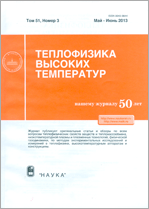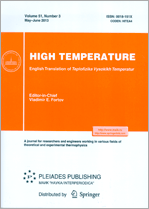|
This article is cited in 10 scientific papers (total in 10 papers)
Review
Femtosecond laser technology for solid-state material processing: Creation of functional surfaces and selective modification of nanoscale layers
S. A. Romashevskii, S. I. Ashitkov, M. B. Agranat
Joint Institute for High Temperatures, Russian Academy of Sciences, Moscow
Abstract:
Information on the rapidly increasing use of modification of solid-state materials surfaces by femtosecond laser pulses at moderate intensities $($around $0.1$–$10$ TW/cm$^2)$ is presented as applied to creation of functional surfaces with tailored thermophysical, hydrodynamic, and mechanical properties and in application to selective modification and removal of nanoscale $(1$–$100$ nm$)$ layers of bulk and thin-film multilayer materials. The problems in obtaining functional surfaces with the externally controllable wetting behavior of superhydrophobic surfaces showing a self-cleaning effect and superhydrophilic surfaces with a controlled Leidenfrost temperature, critical heat flux, and heat transfer coefficient are considered for heat-transfer enhancement during the evaporation and boiling of the working fluid. Data on the hardening of the surface layer of structural materials and the synthesis of diamond-like films are given. The methods for the precision selective removal of nanoscale films and surface modification with the formation of subnanoscale structures are considered.
Received: 12.02.2018
Accepted: 13.03.2018
Citation:
S. A. Romashevskii, S. I. Ashitkov, M. B. Agranat, “Femtosecond laser technology for solid-state material processing: Creation of functional surfaces and selective modification of nanoscale layers”, TVT, 56:4 (2018), 609–630; High Temperature, 56:4 (2018), 587–604
Linking options:
https://www.mathnet.ru/eng/tvt11009 https://www.mathnet.ru/eng/tvt/v56/i4/p609
|


| Statistics & downloads: |
| Abstract page: | 586 | | Full-text PDF : | 477 | | References: | 44 |
|





 Contact us:
Contact us: Terms of Use
Terms of Use
 Registration to the website
Registration to the website Logotypes
Logotypes








 Citation in format
Citation in format 
